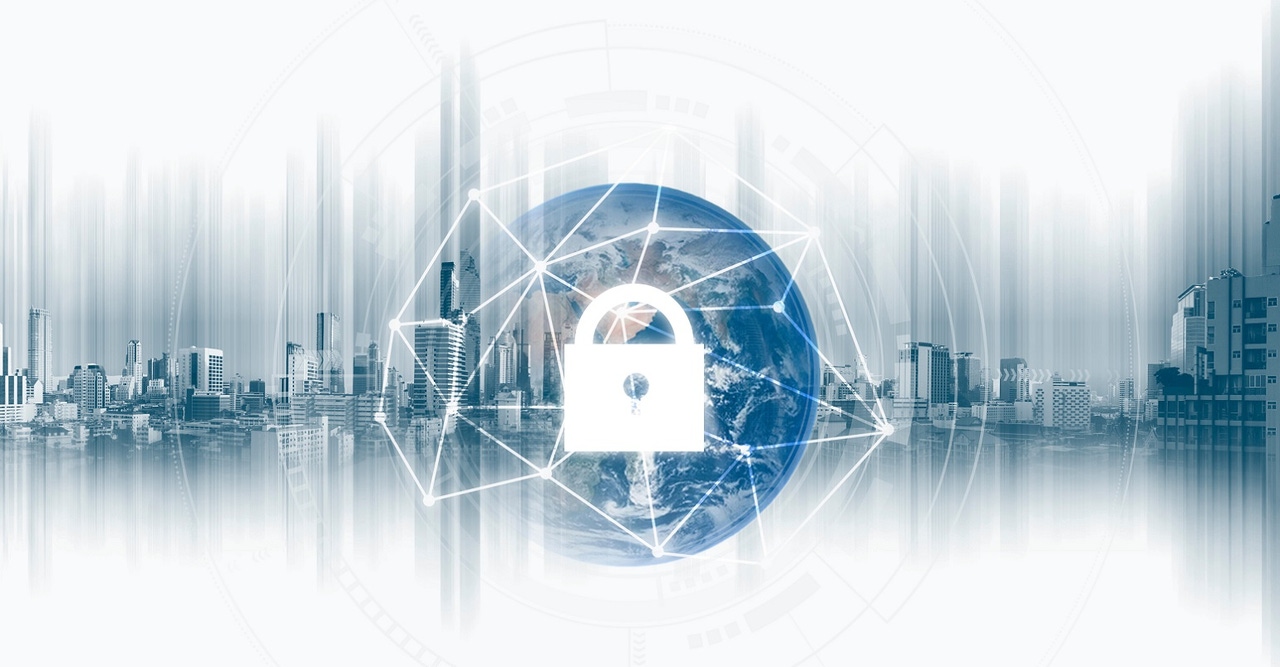Black Hat Postmortem: Geopolitical Risks and Complexity on the Rise
Throughout the conference, speakers noted the increased risks due to geopolitics, digital transformation, and the move to cloud.

Last week’s Black Hat USA 2022 conference solidly framed the cybersecurity issues IT and network managers are facing. From the keynotes throughout the conference sessions, the message was clear. Security challenges are increasing, and the complexity of modern applications and infrastructures makes it all the more harder to secure networks and defend against attacks.
Some areas are out of the control of networking managers. Yet, they must be prepared to deal with the consequences. A prime example is the rise of geopolitical risks in the last year.
That was a major theme in a keynote delivered by Chris Krebs, former director of the US Cybersecurity and Infrastructure Security Agency (CISA), who is now with the Krebs Stamos Group consultancy. He noted that there is an unprecedented collision between geopolitical risks and technology risks.
One example is the war in the Ukraine. And he cautioned that Taiwan is a hotspot to watch. As reported in Dark Reading: A Chinese invasion of Taiwan has the potential to impact organizations across the board, especially affecting the technology supply chain, competition and markets, and IT operations.
Industry trends increase risks and challenges
Throughout the conference, speakers noted the increased risks due to digital transformation and the move to cloud. Both accelerated due to Covid.
With regard to digital transformation, author and journalist Kim Zetter focused on the vulnerabilities of critical infrastructure in her keynote speech. She noted that this is not a new issue citing the awareness generated when Stuxnet was discovered in 2010. At that point, the security community, which had been focused on IT networks, realized the importance of protecting operational networks and industrial control systems that manage pipelines, railways, the electric grid, water treatment plants, manufacturing, and more. Yet, even with this awareness, she discussed how Colonial Pipeline was blindsided by a ransomware attack last year.
Read more about:
Network ComputingAbout the Authors
You May Also Like






.jpg?width=700&auto=webp&quality=80&disable=upscale)
